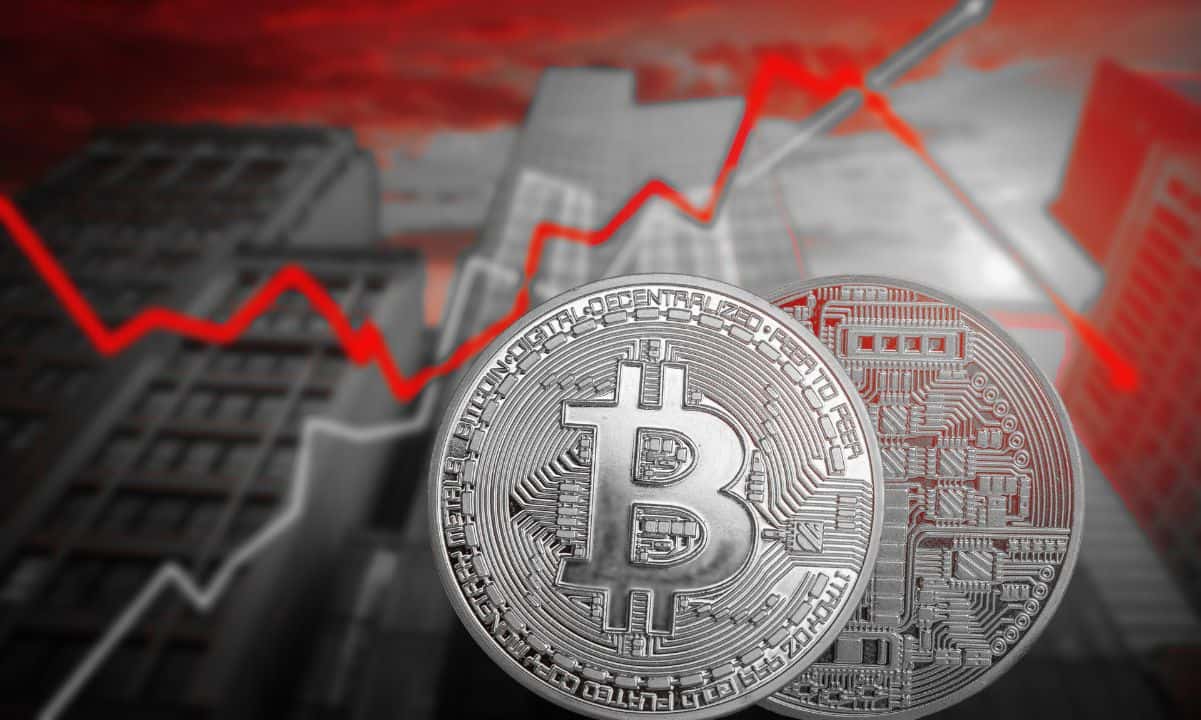Bitcoin’s (BTC) latest plunge toward the $93,000 level appears to be driven largely by short-term market participants, according to new analysis from CryptoQuant. This essentially indicates a growing divergence between activity on Binance and behavior in institutional channels. Retail Selling vs Institutional Absorption Data shows Bitcoin exchange inflows on Binance have surged sharply in recent days, as the figure rose from 5,500 BTC to nearly 15,000 BTC on November 14. CryptoQuant stated that this spike points to intense selling pressure from short-term holders and traders unwinding long positions as prices fell. Additionally, the Binance BTC RHODL Inflow indicator shows a notable increase in the share of younger coins entering the exchange, alongside an almost complete collapse in older coin inflows. Such a pattern is evidence that panicked short-term investors, not long-term holders, are behind the selling. The same cannot be said for institutional activity, which appears far more measured. Balances at OTC desks have been found to have climbed to roughly 156,000 BTC, after rising by nearly 7,300 BTC over the past month. This has been identified as the highest level since August. While this does not indicate aggressive institutional buying, CryptoQuant explained that institutions are not selling into the downturn and are instead quietly absorbing liquidity off-exchange. This steady accumulation is occurring without any major acceleration in demand, which could mean that institutions are using the pullback to reposition rather than exit. Redistribution Or Bear Market? Even as prices retreat, long-term investor appetite for Bitcoin is only strengthening. For instance, the Accumulator Addresses Demand indicator has now climbed past 352,000 BTC, with its 30-day moving average rising steadily. This trend shows that committed, long-horizon buyers are continuing to add to their positions, which confirms that Bitcoin is slowly moving out of weaker hands and into more resilient, patient portfolios. According to the analytics platform, the market is now in a redistribution phase, where Bitcoin moves out of speculative, short-term holdings and into the portfolios of larger and more committed investors. Such transitions have historically led to periods of stabilization and can help lay the groundwork for renewed upside momentum if institutional demand continues. However, not all interpret the recent market behavior through the same lens. Kobeissi Letter, for one, believes that the crypto asset has officially entered a structural bear market, one driven not by weak fundamentals but by deep mechanical pressures. Excess leverage, thin liquidity, and more than $1 billion wipeouts across multiple sessions clearly mean that the market is breaking under its own weight. The post OTC Desks Hit Highest BTC Balances Since August – What It Means for Bitcoin’s Price appeared first on CryptoPotato.

Related Articles & Analysis

These Altcoins Bleed Out Heavily, BTC Rebounds From a Drop to $93K: Market Watch
CryptoPotato

XRP Loses $16 Million as Crypto Funds Bleed $2 Billion in Policy Chaos
BeInCrypto
ETH USD Is Trapped: Ethereum Price Prediction Sounds Alarm on Bear Channel
99bitcoins

Bitcoin Hyper Presale Nears $28M As Harvard Triples Bitcoin ETF Bet
BitCoinist

Crypto Fear Index Hits 10, Lowest Since July 2022 — What Happens Next?
CryptoNews.com

Bitcoin Falls Harder Than Tech as Nasdaq Link Tightens and Skew Turns Negative
BeInCrypto
